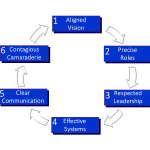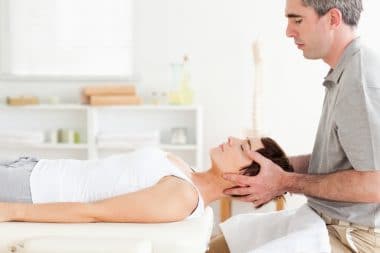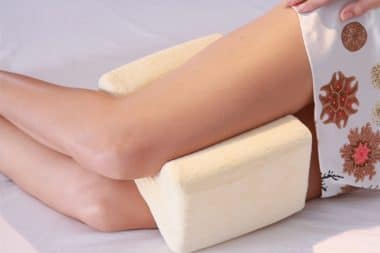Medical research shows that most Americans deal with back pain during their lives. As we get older, especially past fifty, it becomes much more likely; one in three Americans fifty or older have chronic pain in the back or neck. The number one cause of medical disability in America is back pain.
But America, and other western nations, have this problem. Some cultures don’t though. There are groups in India that don’t experience spinal degeneration, and thus no resulting chronic back pain. Researchers are starting to investigate these peoples around the world, from Ecuador to West Africa, Portugal to India, to determine why they don’t become afflicted with crippling chronic spinal pain. One key finding is these groups of people have a different spinal shape than cultures who have chronic back pain issues.
For these cultures, their spines are shaped like the letter J. Back pain sufferers have spines shaped like an S. There are other differences than just the genetic though. Their cultures tend to emphasize activities that result in prolonged physical activity, which builds muscles in the back and rest of the body; strengthening them and reducing the likelihood of physical infirmity.
The research reinforces the usual doctor advice; focus on physical activity and exercise to improve your health outlook.
Chronic back pain is a modern problem; some older cultures avoid it without medicine. Learn how. #HealthStatus
Follow HealthStatus
Tweet Now
Key Points:
- 1One in three people in America over the age of fifty deal with chronic back and neck pain.
- 2Chronic back pain is more likely to develop with age, though even people as young as their twenties can have persistent pain.
- 3The best way to prevent chronic pain is by staying active and maintaining exercise levels to strength core body muscles.
See the original at: https://treatingpain.com/news/9135/cultures-with-minimal-back-pain








Reply